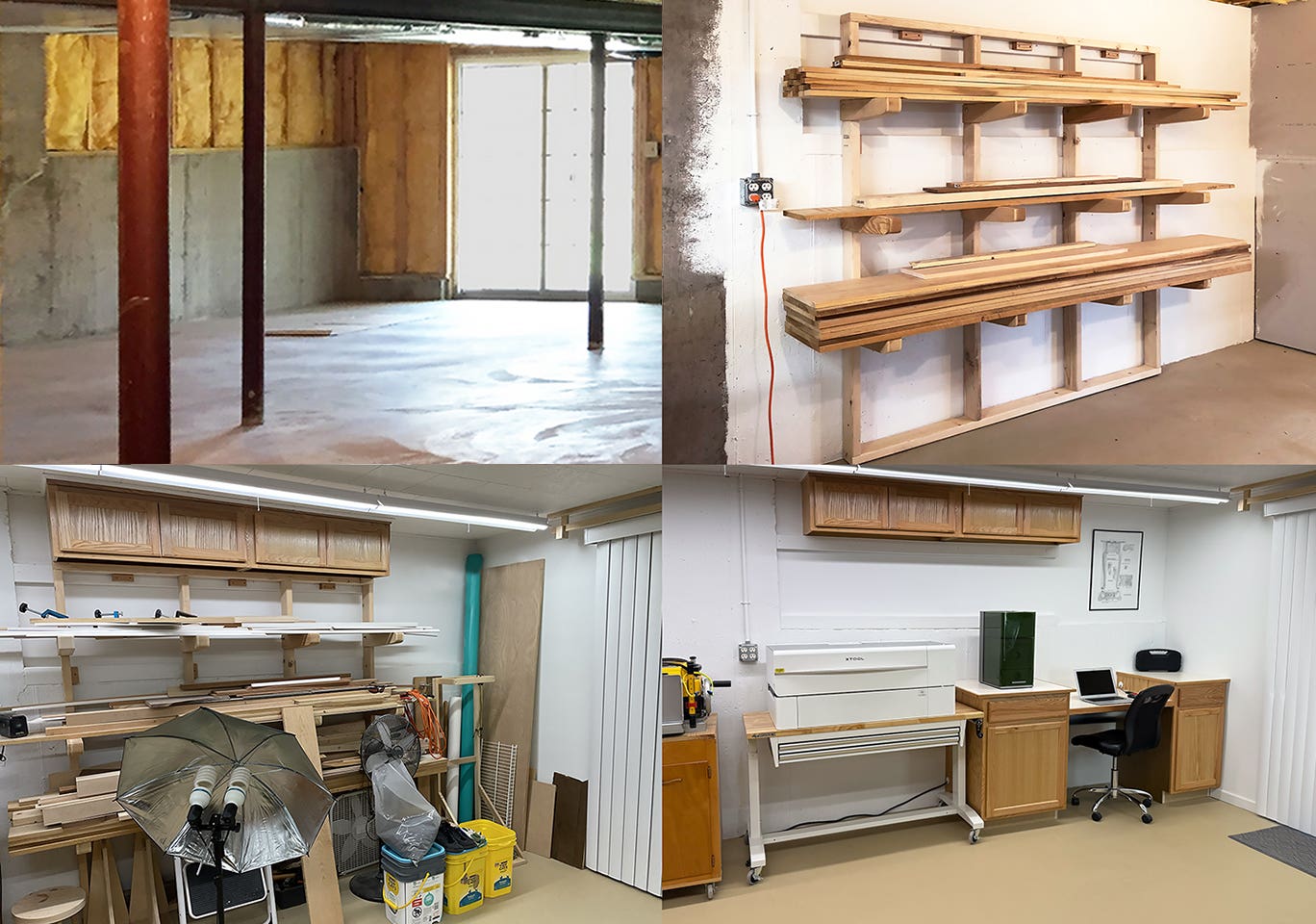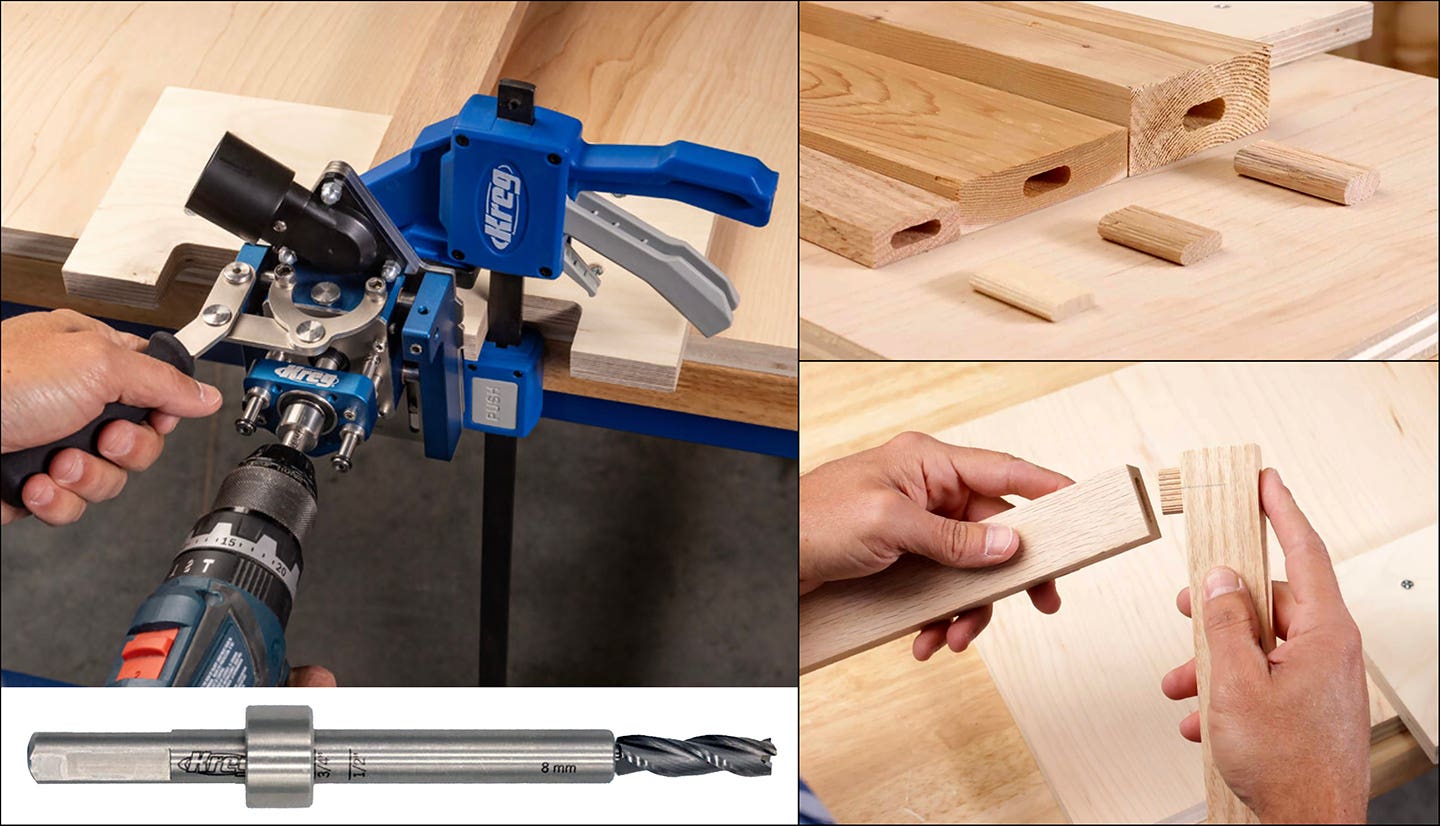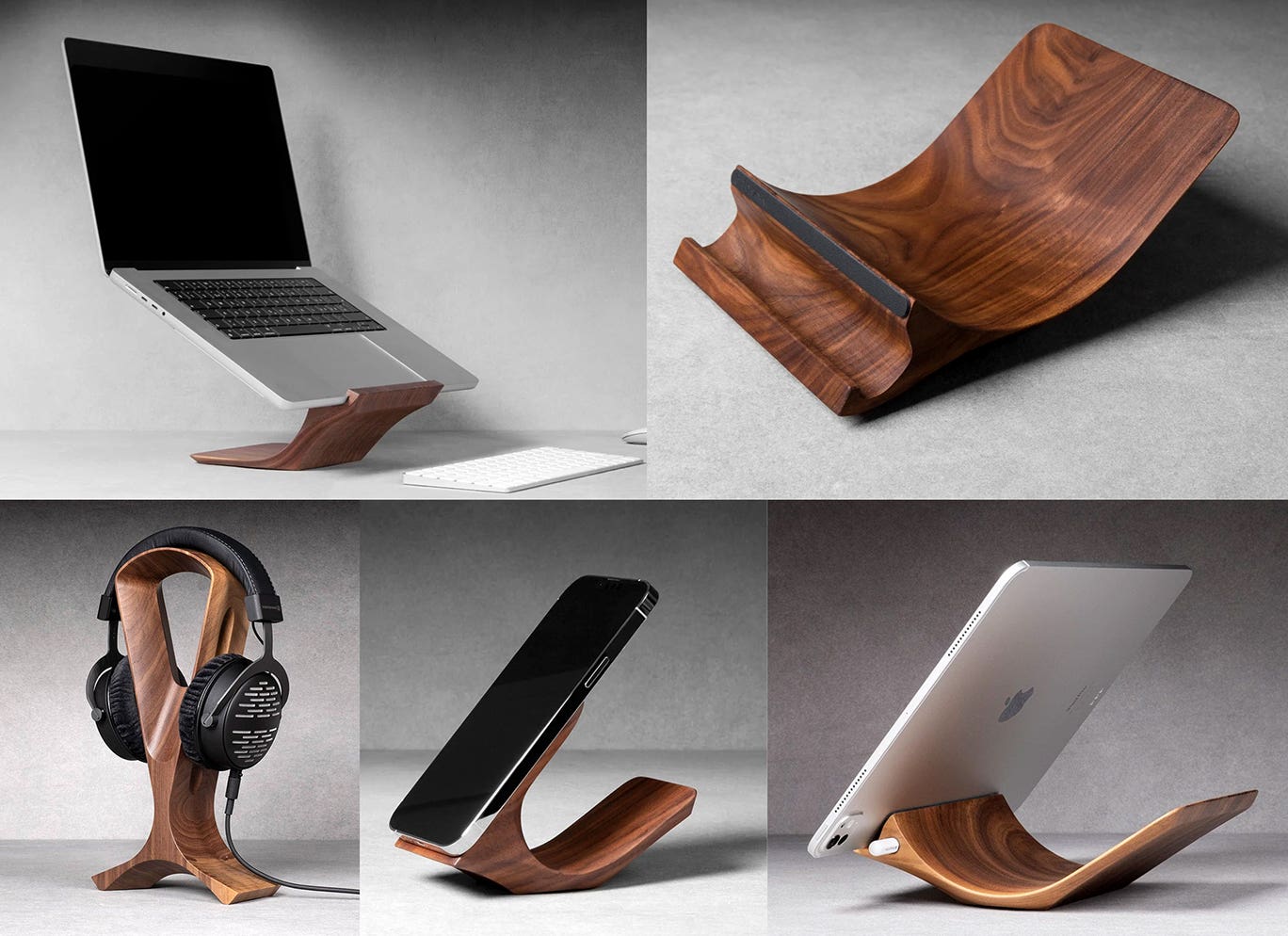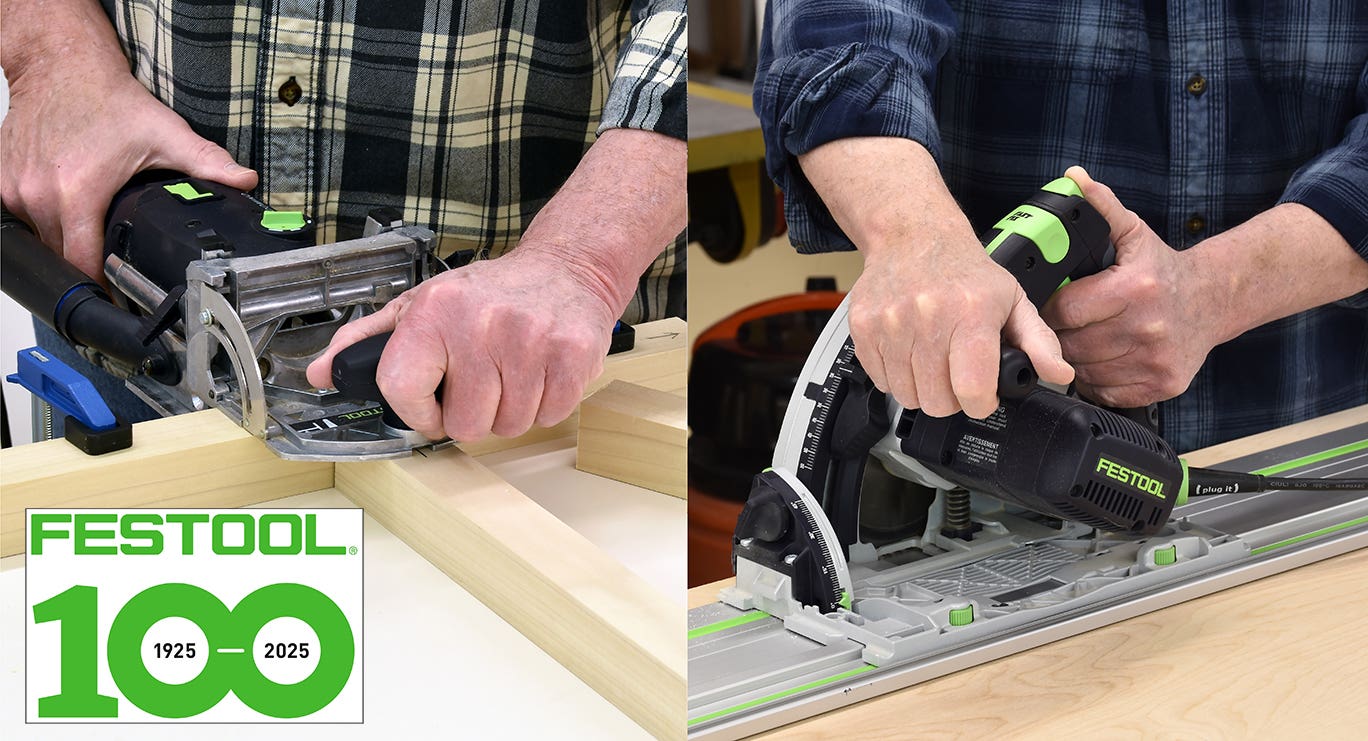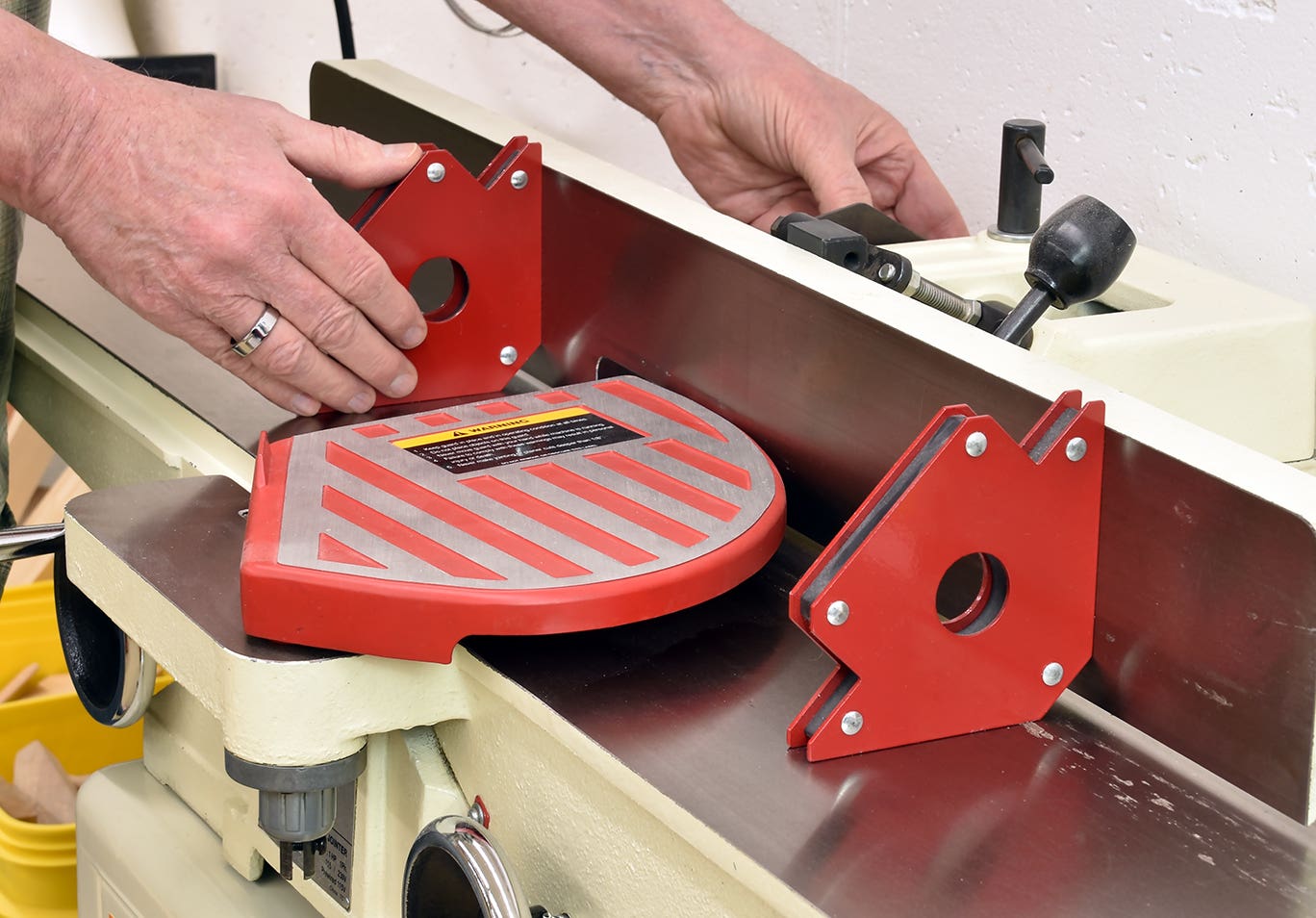A doctored tool
I’ve written a lot about how the world of medicine (and dentistry) overlaps with woodworking. I found another great example this week.
I’ve written a lot about how the world of medicine (and dentistry) overlaps with woodworking. I found another great example this week.
You may recall that my wife Sally broke her foot this past Thanksgiving. Well, she went for her final doctor appointment for it yesterday and was pronounced good as new. While in the examining room, I finally got a chance to take a close look at something that had intrigued me during several earlier visits. (And, by “finally got a chance,” I mean I was left alone without supervision for a few minutes.)
What had attracted my interest was an ordinary Dremel rotary tool hanging on the wall. Well, not the Dremel itself – which is the exact same model as one of two that I own – but rather what it was attached to. Apparently, broken-foot doctors use the same rotary tools we use, but because of the medical environment their need to collect dust is even greater than ours. Well, this particular tool was attached to this:
Now, Dremel does offer a small dust port for their tools, but it’s nothing like the metal shroud and hose attachment seen here. And they certainly don’t offer a tiny dust collection unit like this one, either. Turns out it was custom-made by a company that does biomedical equipment services in Scranton, Pa., just a few miles up the road. And I have to tell you, I want one of those.
I wonder if my medical insurance would cover this desired piece of shop equipment?
A.J. Hamler is the former editor of Woodshop News and Woodcraft Magazine. He's currently a freelance woodworking writer/editor, which is another way of stating self-employed. When he's not writing or in the shop, he enjoys science fiction, gourmet cooking and Civil War reenacting, but not at the same time.


